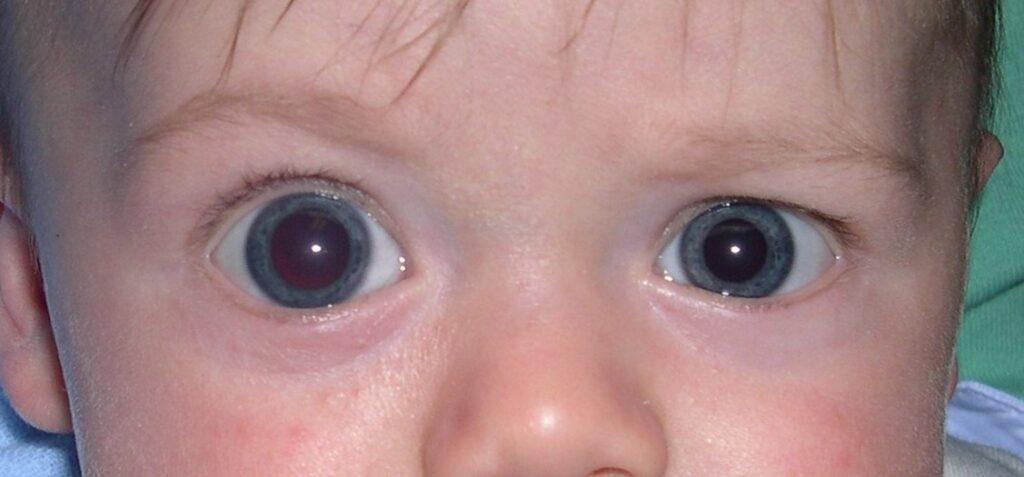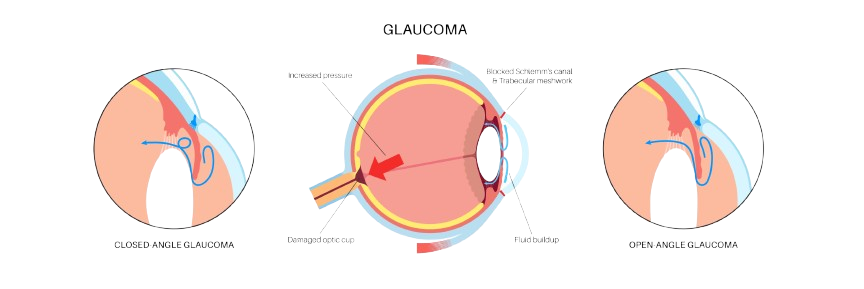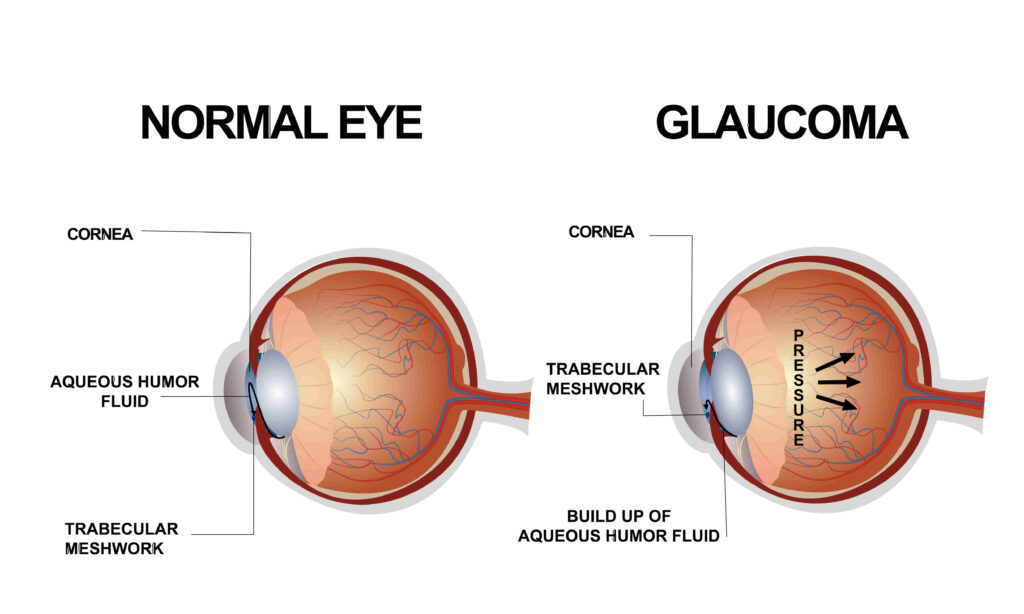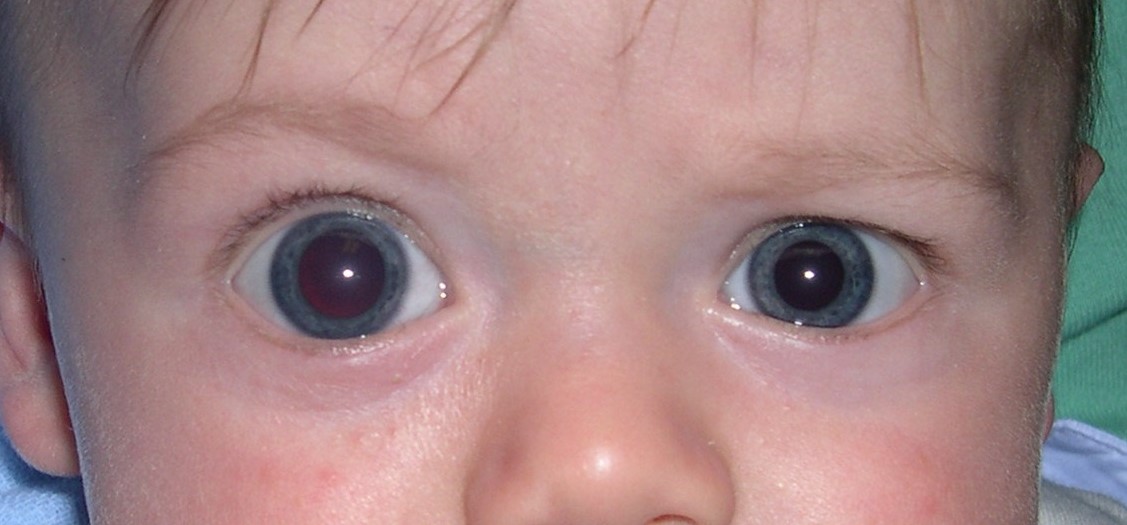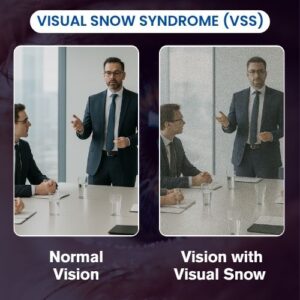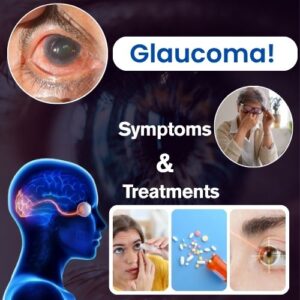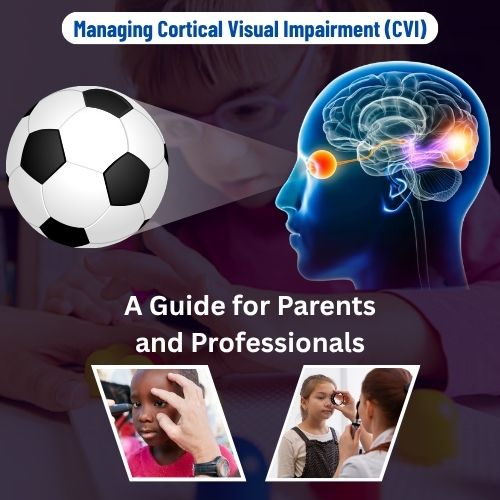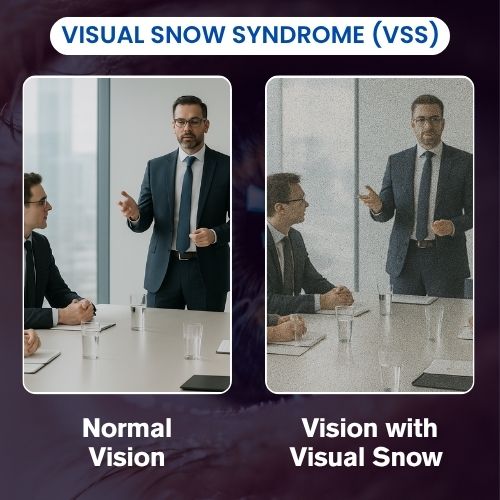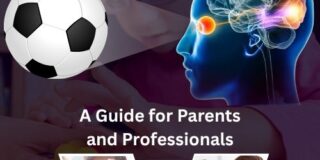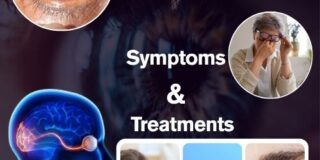Juvenile Glaucoma
Juvenile glaucoma affects people between the ages of 3 and 35. It often coexists with myopia (near-sightedness) and can be hereditary. If there’s a family history of glaucoma, offspring are at greater risk.
Symptoms
Juvenile glaucoma is hard to detect as patients might not feel any symptoms. This is dangerous as it silently damages the optic nerve in the eye.
Some people might experience headaches and blurry vision caused by the pressure on the optic nerve and the eye. In this situation while the central vision remains the same, the peripheral vision gradually decreases. If left undiagnosed, vision loss can become irreversible.
The Best Course of Action
It doesn’t matter how old you are; upon diagnosis, visiting an ophthalmologist every six months is the best thing to do. The doctor will assess the pressure on the eye and the condition of the optic nerve to accordingly plan for surgery and effective treatment practices.
Let’s Understand What Causes the Glaucoma
Glaucoma occurs when the fluid inside the eye, called aqueous humour, doesn’t drain the way it should through a mesh-like tructure—the t-trabecular meshwork, which is located in the angle between the iris and cornea. When this drainage experiences a blockage, pressure builds up in the eye, damaging the optic nerve. This optic nerve connects the eye to the brain. If the optic nerve is damaged, vision is lost, and once lost, it is permanent.
The Role of Ophthalmologists
Once you notice the symptoms and visit an ophthalmologist, he will verify the type of glaucoma.
First of all, you will undergo a vision test where the doctor will make multiple vision checks that might turn out normal as the central vision remains the same. Secondly, the pressure on the eye will be measured, which might differ every time throughout the test.
Finally, the doctor will stretch your pupil and check the retina accurately to assess if the optic nerve is drying out. Once this is done, the doctor will start with crucial treatment plan perimetry, which gives an idea of how much of your peripheral vision is lost.
The next is pachymetry, where the doctor measures the thickness of your cornea. And finally comes the gonioscopy, where the doctor uses a special lens and slit lamp to look at your eye’s drainage angle (anterior chamber angle).
All these tests help doctors understand the type of glaucoma you have and what type of treatment your eyes require.
The above diagram shows the juvenile glaucoma detected in kids. Eye drops and medications cannot cure this condition; all it requires is glaucoma surgery. That too has type of its own, but let’s leave those to the experts. Also, glaucoma drainage devices can help lower the risk of permanent glaucoma by collecting the buildup fluid and draining it outside.
Wrapping Up
Glaucoma can lead to permanent vision loss, but timely treatment can make all the difference. If you notice any early signs of juvenile glaucoma, visit Nandadeep Eye Hospital for expert care from leading ophthalmologists.
To read Marathi version of this blog, click here
